ELECTRICAL & AUTOMATION PANELS
The Electrical Panel is the central control point for power distribution in an electrical system. In other words, it is where electricity begins its journey from the generating station to the end user. Electrical panels can be used to automate processes, monitor processes and control equipment. They also power lighting systems, instrumentation, motors and other devices. Such panels are often installed in factories, warehouses, data centers and offices. A typical electrical switchboard consists of two basic components, circuit breakers and protective devices.
Circuit breakers are used to protect the circuit from damage caused by current overload. They provide protection against short circuits and overloads. An overload can occur if too much current flows through the load. If this happens, the breaker trips, thus stopping the flow of current. When the breaker trips, it sends a signal to the protective devices that they must act. Thermal, magnetic, earth fault, earthing switches etc. There are many types of circuit breakers, including.
Protective devices are designed to prevent potentially dangerous situations from occurring. Examples include fuses, surge arrestors, earth fault circuit breakers, arc flash suppressors, and disconnect switches. Fuses are often used to protect circuits from damaging high currents. Surge arrestors limit surge voltages entering sensitive electronic equipment. Ground fault circuit breakers detect current flowing between a line conductor and a neutral conductor. Arc flash suppressors help prevent fires from starting due to arc faults. Disconnect switches cut off the power supply to parts of a power grid.
Free Standing Electrical Panel
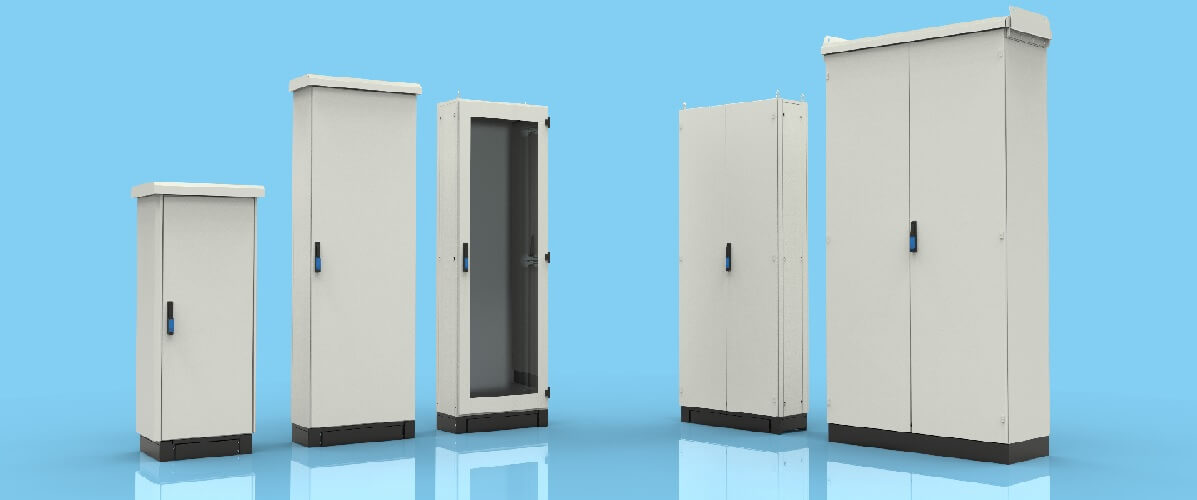
The term floor standing cabinet refers to a type of metal electrical cabinet without a back cover. There is no protective coating on the terminals of this type of switchboard. These panels are often used in commercial buildings, schools and other large structures where they can be easily installed and repaired. They are usually mounted vertically on the wall or next to the appropriate machine. In general, there are 3 types of standing type panels that are widely used. These are distribution panel, control panel and transmission panels.
Distribution Panel
The distribution board is used to distribute the electricity from the power source to different parts of the building. This panel is usually located at the bottom of the building where the voltage is higher than elsewhere.
Control Panel
The control panel is used to regulate the flow of electricity through the building. It has manually operated or automatically controlled switches. In this case, the automated system works using sensors to detect the current electricity level throughout the building.
Transport Panel
This is the final stage of the electrical circuit. Its purpose is to transmit electricity from the distribution panel to the rest of the building. This can be done directly or indirectly. When electricity reaches the end of the circuit, it is transmitted to the rest of the room.
Wallboard
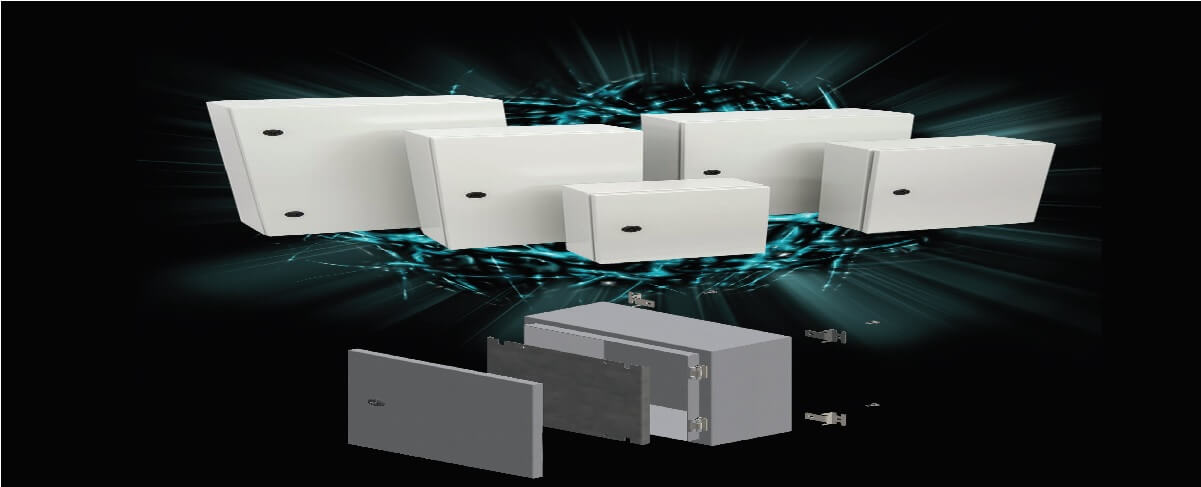
The wall panel is a flat electrical cabinet that can be easily mounted on walls. They are often used to bundle the corresponding wires from the large main electrical panel and to provide outlets or switches for various devices. They are mounted inside the wall or above liquid in stainless steel and painted. A common type of wall panel is a metal box with a hole for wires. When mounted inside the wall, the panel is screwed to the wall and fixed securely with the required amount of concrete mortar.
Stainless Electric Panel
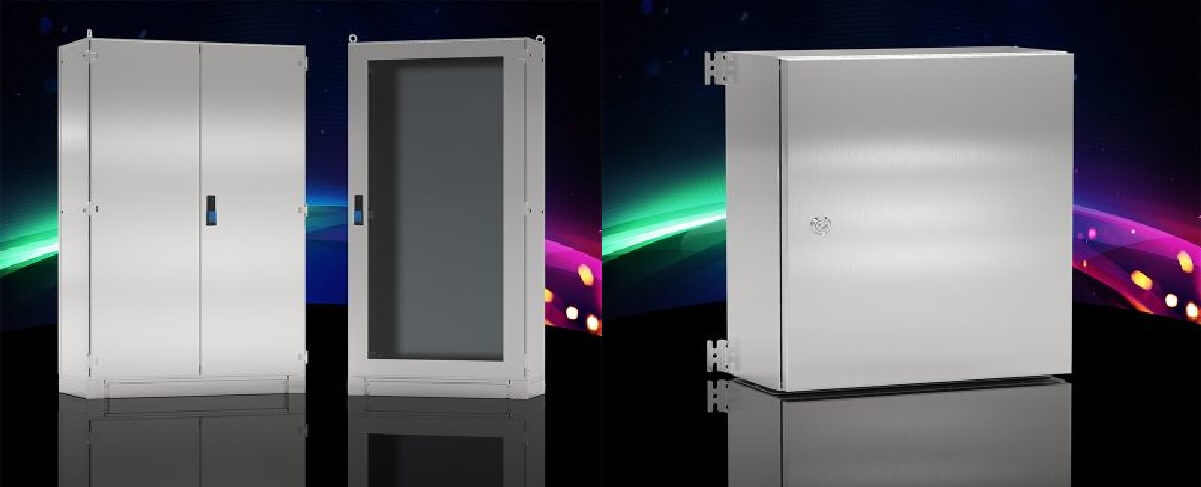
The strength and corrosion resistance properties of these panels are extremely high. It is produced by coating stainless steel with a protective paint layer and has a special design that is resistant to rust. It is generally preferred for a closed environment and is used in the assembly of machine electrical and electronic systems in residences, hotels, hospitals and automation industry. Stainless steel electrical panels usually have three terminals that include a ground wire, neutral wire, and hot wire. All three wires must be connected to a terminal connector before being plugged into a wall outlet. The wiring, the electrical system elements inside, and the overall structure of the cabinet must be checked regularly to ensure proper functioning.
Ex-proof Panel
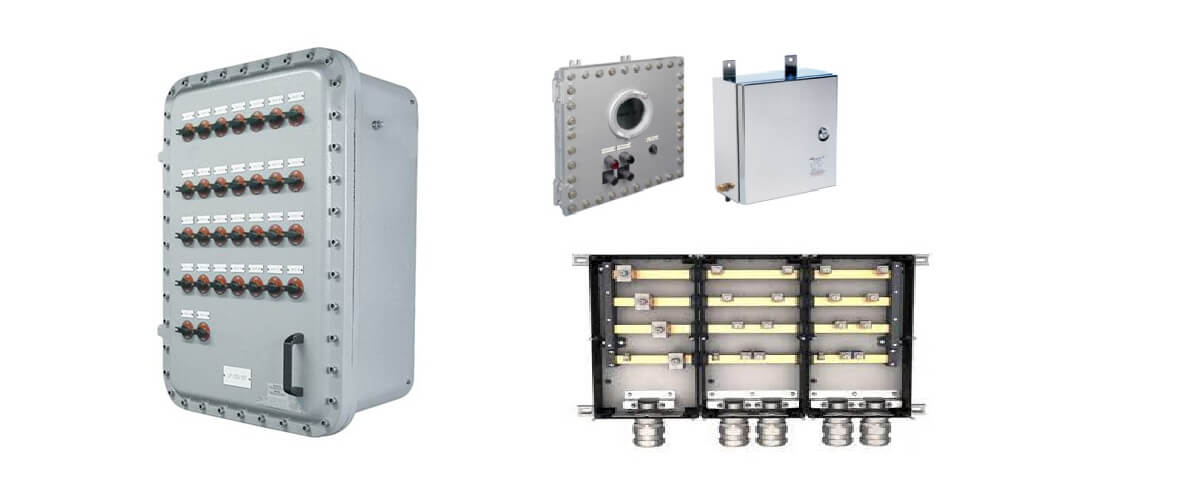
Ex-proof Panel is used in environments that do not cause electric arcs, do not leak liquid from the outside and have the risk of explosion. It is used in many places, especially oil and gas pipelines, storage tanks, refineries, chemical factories, chemical production and storage facilities. Ex-proof panel is a panel produced to protect the electrical equipment inside against chemical explosion and fire hazards. The panels are produced from various materials such as stainless steel, aluminum or epoxy resin.
Gas Tight Panels: It is used in places where flammable gas leaks such as petrochemical plants, tank farms, natural gas may occur. In an environment where there is a possible threat of fire, explosion or chemical spread, it is essential to use non-conductive materials such as metal and plastic in the construction of the switchboards to prevent dangerous situations. The enclosure must also be able to withstand extreme temperatures (above 100 °C), dust, wind and other weather conditions. The panel should be capable of preventing the ingress of contaminants, especially water.
Panel Air Conditioner
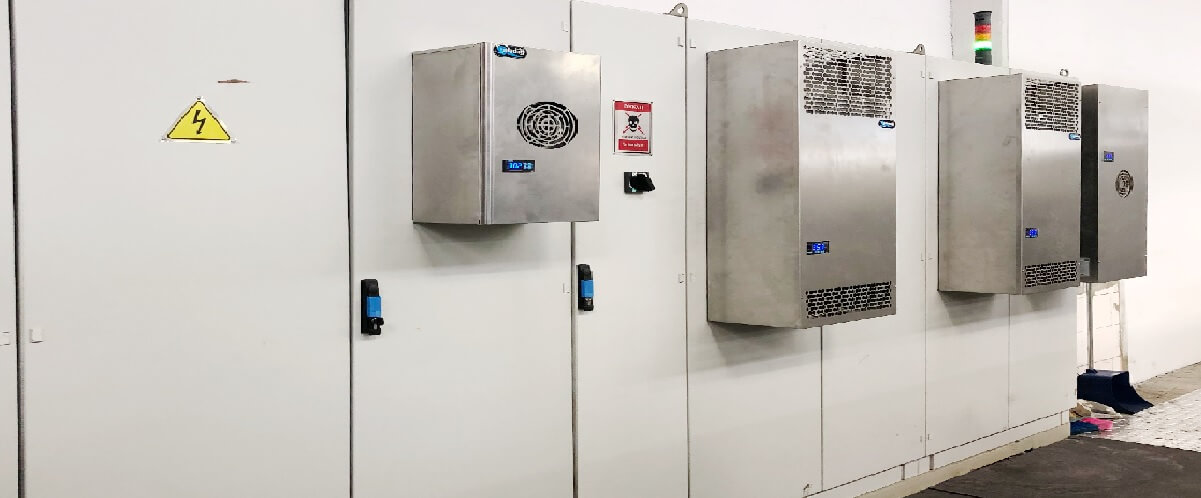
While the electrical panel is operating, it heats up due to the electric current passing through the electrical system inside. Panel air conditioner is used to cool the heated cabin.
An air conditioner is a type of device used to cool a cabinet or space. The air conditioner uses electricity to move the refrigerant in a closed system and absorb heat from the air. The refrigerant then moves through the evaporator coil where the temperature drops and is then released into the cabinet. The cooled air is then circulated by the fans. Air conditioning is an energy efficient alternative to traditional air conditioning methods.
Air Fire System Panel
Panels have been used for fire detection, protection and warning since ancient times. They are versatile devices that can be easily integrated into any infrastructure such as buildings, bridges, tunnels and tall structures. They can be installed internally, externally or both, depending on the building or structure in which they are to be installed. These detectors are useful in industrial applications, manufacturing plants, refineries, chemical plants and commercial buildings.
In order to protect against possible dangers, the installation of panel fire alarm systems has become mandatory. In recent years these panels have been designed to monitor multiple sources of hazards and provide automated responses to inform users of hazards present in their workstations. This way, operators can take appropriate action before the situation escalates to a dangerous level.
Rack Cabinet
A computer system requires a lot of space for these components. Therefore, rack cabinets are needed. Rack cabinets are used to organize and store components of computer systems. They are preferred in data centers hosting a large number of computer servers. They are usually made of metal. Vertical ones can be moved easily and can also be mounted on the wall. Rack cabinets securely house servers, storage devices, telecommunications equipment, network equipment, drives, and power supplies in a specific order. It is also convenient for assembling cables and other parts of a computer system in a certain order. Generally, the heat values required for operation in the computer room are maintained by providing them with the help of air conditioners.
